Climate Change Impacts on Avian Interests of Protected Area Networks (CHAINSPAN)
Common cranes. The protection of wetland sites for colonising species
as well as the species that are currently found there is very important.
Red knot. These waders which winter in internationally important numbers around
the UK may be threatened by climate change.
Dartford warbler. Southerly distributed species like this are expanding their range
in response to climate change.
Climate change is expected to result in significant shifts in the distribution of species through time (e.g. Huntley et al. 2007). There is increasing evidence that these shifts are occurring (Hickling et al. 2006, Chen et al. 2011). This has led some to question the potential long-term effectiveness of static protected areas, as species for which a particular site is designated may no-longer occur there in the future.
One of the protected area networks which has been proven to have successfully improved the conservation status of the species for which it was created is the Special Protection Area (SPA) network, established under the EU Birds Directive (Donald et al. 2007). SPAs and Special Areas of Conservation together form the Natura2000 network, which recent analysis suggests is vulnerable to future climate change (Araújo et al. 2011). In response to this concern, we have modelled the impacts of future climate change on the abundance of Annex I and migratory bird species protected by SPAs in the UK.
Our results suggest that the most vulnerable species groups to climate change are likely to be northern breeding species. Many wintering waterbirds were projected to increase in abundance in the UK as a result of milder winters, although the potential for such patterns to be realised may be limited by ecological changes on the breeding grounds. Diving wintering waterfowl were more likely to decline in abundance, potentially as milder winters enable them to winter in Scandinavia and central Europe. Southerly distributed heathland species were projected to benefit from climate change. Significant latitudinal shifts in species composition were projected, which means that site managers can consider species present on more southerly sites to identify potential future changes in bird communities that may occur.
Even in a changing climate, large sites which currently support internationally important bird populations will continue to do so in the future. The continued protection of the SPA network is therefore required in the face of climate change. Adaptation should also involve improved SPA management, as this should increase the resilience of sites to climate change, as well as boosting populations now. Such management should balance the needs of species currently supported by an SPA and those which may colonise in response to climate change.
References
Araújo, M.B., Alagador, D., Cabeza, M., Nogués-Bravo, D. & Thuiller, W. (2011) Climate change threatens European conservation areas. Ecology Letters, 14, 484-492.
Chen, I.-C., Hill, J.K., Ohlemüller, R., Roy, D.B. & Thomas, C.D. (2011) Rapid range shifts of species associated with high levels of climate warming. Science, 333, 1024-1026.
Donald, P.F., Sanderson, F.J., Burfield, I.J., Bierman, S.M., Gregory, R.D. & Waliczky, Z. (2007) International conservation policy delivers benefits for birds in Europe. Science, 317, 810-813.
Hickling, R., Roy, D.B., Hill, J.K., Fox, R. & Thomas, C.D. (2006) The distributions of a wide range of taxonomic groups are expanding polewards. Global Change Biology, 12, 450-455.
Huntley, B., Green, R.E., Collingham, Y.C. & Willis, S.G. (2007) A Climatic Atlas of European Breeding Birds. Barcelona, Spain: Lynx Edicions.
CHAINSPAN was funded by Defra with the support of the Joint Nature Conservation Committee, Natural England, Countryside Council for Wales and Scottish Natural Heritage. The work was undertaken by the BTO and RSPB, with additional advice from the University of York and Muséum National d’Histoire Naturelle, Paris.

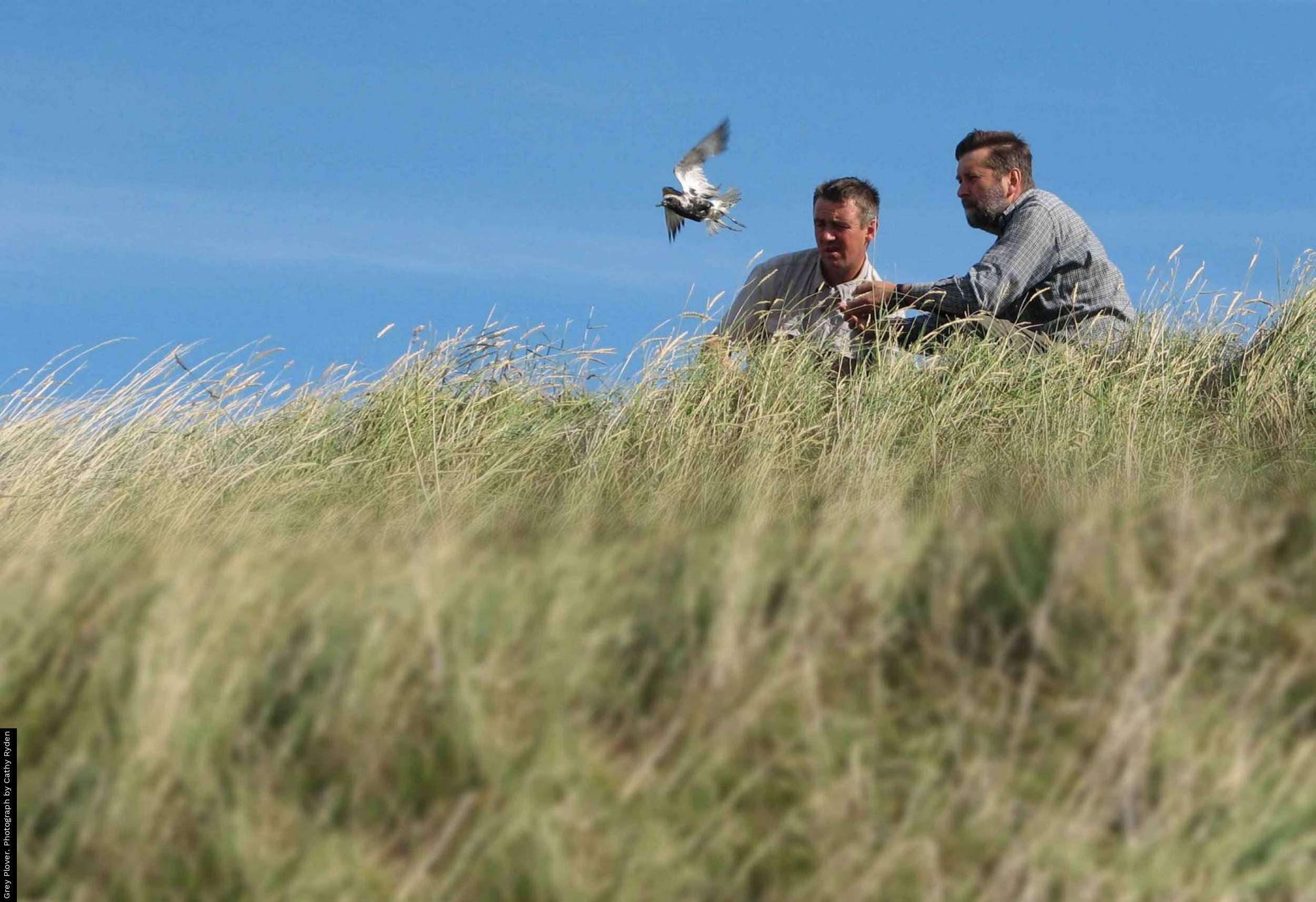
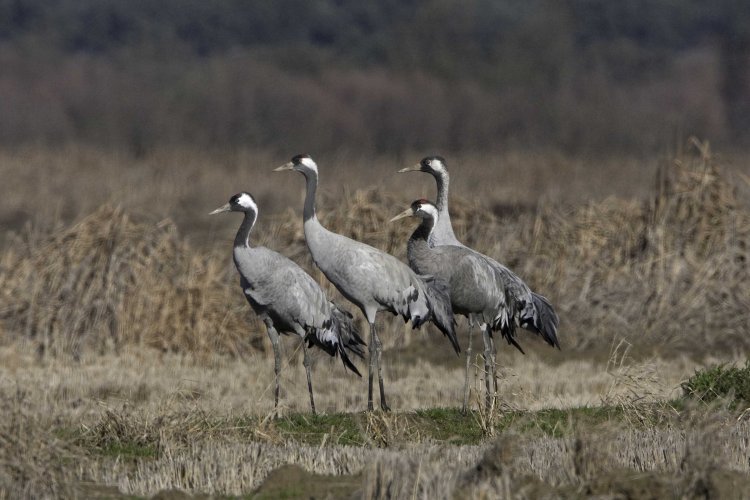
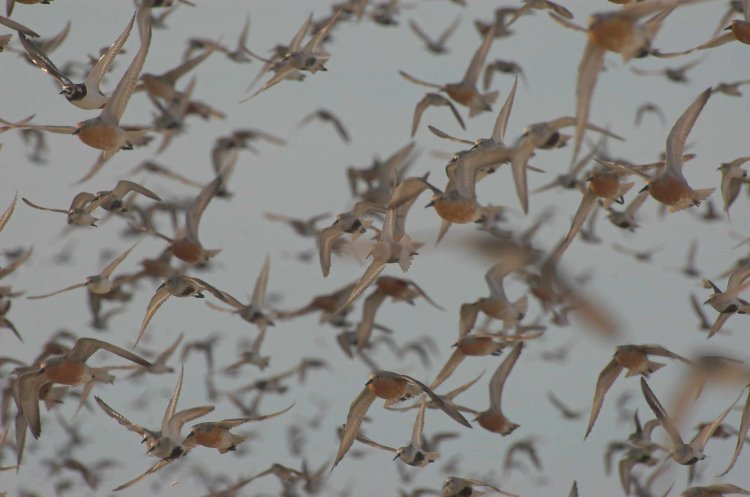
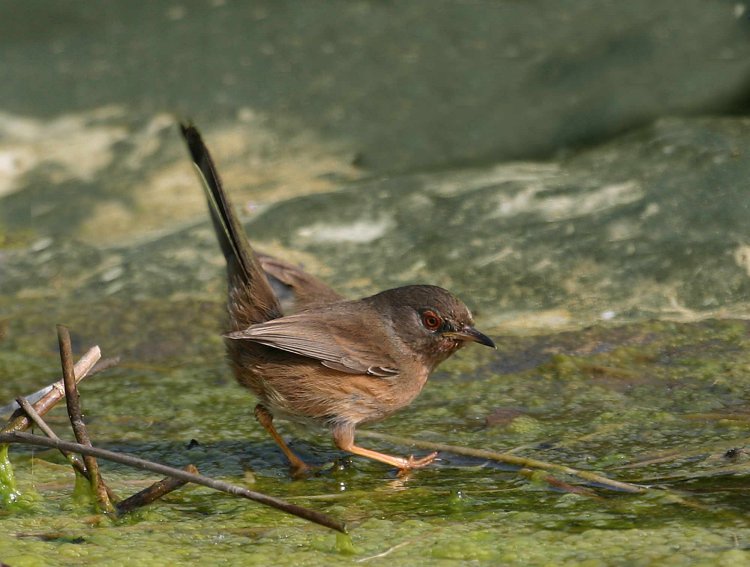
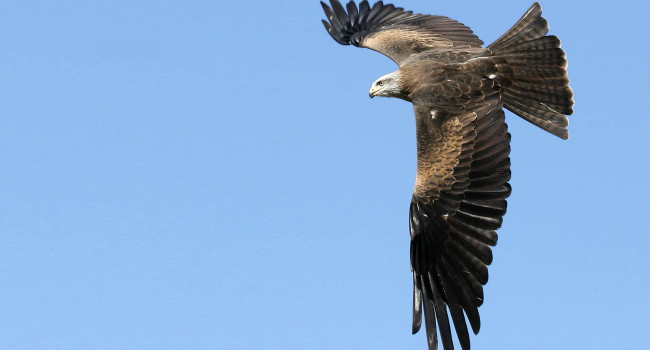

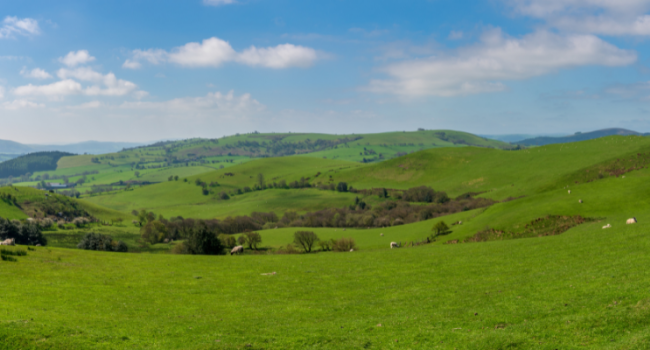

Share this page